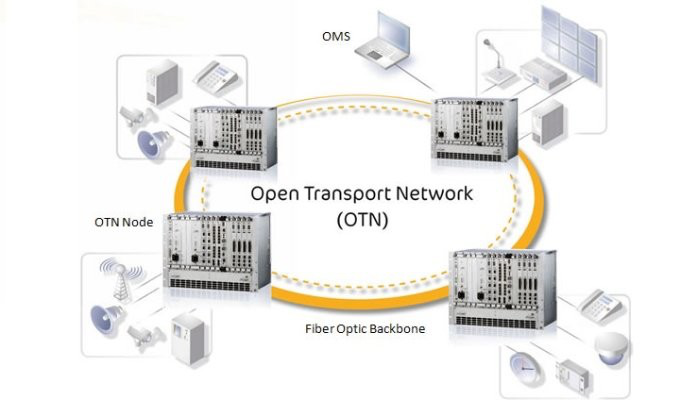

OTN system functions and applications
OTN is a transmission network that organizes networks in the optical layer based on wavelength division multiplexing technology and is the next generation backbone transmission network. OTN is a new generation of "digital transmission system" and "optical transmission system" standardized by a series of ITU-T recommendations such as G.872, G.709, G.798, etc., which will solve the traditional wavelength-free/sub-wavelength service of WDM networks. Poor scheduling capability, weak networking capabilities, and weak protection capabilities. OTN spans the traditional electrical domain (digital transmission) and optical domain (analog transmission), and is a unified standard for managing electrical and optical domains. The basic object of OTN processing is wavelength-level services, which push the transport network into the true multi-wavelength optical network phase. Combined with the advantages of optical and electrical domain processing, OTN can provide huge transmission capacity, fully transparent end-to-end wavelength/sub-wavelength connection and carrier-grade protection, and is the best technology for transmitting broadband large-granular services. ISP have obvious requirements for the support of the OTN interface of the transport network, while the actual network applications are mainly based on the ROADM equipment form, which is closely related to factors such as network management maintenance cost and network size. Since 2007, China Telecom, China Netcom and China Mobile Group have carried out application research and test verification of OTN technology, and some provincial networks have also deployed transmission test networks based on OTN technology. The networking nodes have electrical layer based. Cross-over OTN devices also have ROADM-based OTN devices. The ROADM-based OTN is relatively expensive, the maintenance system is responsible, and the maintenance cost is high, which is not conducive to the deployment of small and medium-sized operators.
FiberMall uses WDM/OTN to achieve multiplexing and transparent transmission of multiple sites at multiple sites, saving fiber resources, supporting OAM functions such as optical layer and electrical layer performance and fault detection, and providing network protection to ensure high reliability of services. WDM/OTN is a transmission technology of L0/L1. It has the characteristics of large bandwidth and low delay. It can perform low-latency transmission for all services at the same time, and can provide delay measurement and compensation with overhead. It is not because of protection switching. The primary and backup routes have a delay difference and interrupt the service.
